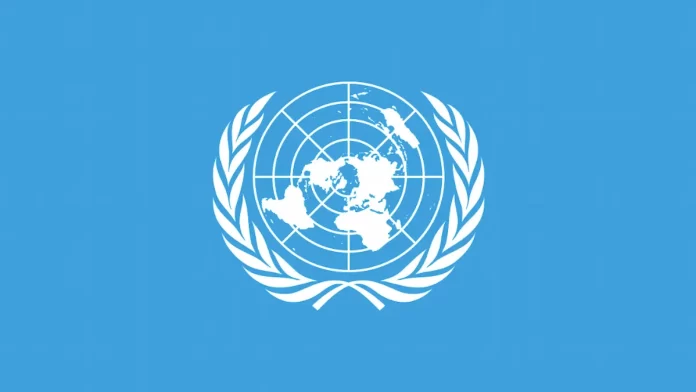Corruption, a pervasive and corrosive phenomenon, has plagued societies across the globe for centuries.
Recognizing the need for a concerted international effort to combat this menace, the United Nations (UN) adopted the UN Convention against Corruption in 2003.
This landmark treaty aimed to promote transparency, accountability, and integrity in both public and private sectors.
In this article, we explore the history, key provisions, obligations, challenges, and significance of the UN Convention on Corruption 2003 in the ongoing fight against corruption.
History and Adoption
The roots of the UN Convention on Corruption can be traced back to the early 1990s when various stakeholders recognized the urgent need for a comprehensive international legal framework to address corruption.
After years of discussions and negotiations, the General Assembly of the United Nations formally adopted the Convention on October 31, 2003, in Merida, Mexico.
It entered into force on December 14, 2005, and has since become a pivotal instrument in the global fight against corruption.
Objectives
The primary objective of the UN Convention on Corruption is to combat corruption in all its forms, whether it occurs at the national or transnational level.
The treaty seeks to promote integrity, accountability, and the rule of law by establishing robust measures to prevent and combat corruption and to promote international cooperation among state parties.
Key Provisions and Obligations
The Convention encompasses a wide range of provisions to tackle corruption comprehensively. Some of its important provisions and obligations include:
- Preventive Measures: State parties are required to implement measures to prevent corruption, including codes of conduct for public officials, transparency in public administration, and promotion of the participation of civil society in anti-corruption efforts.
- Criminalization of Corruption: The Convention obliges state parties to criminalize a range of corrupt practices, such as bribery of public officials, embezzlement, money laundering, and obstruction of justice.
- International Cooperation: Recognizing the transnational nature of corruption, the treaty emphasizes the importance of international cooperation in investigations, extradition, and mutual legal assistance.
- Asset Recovery: State parties are required to cooperate in the identification, tracing, freezing, confiscation, and repatriation of proceeds of corruption.
- Whistleblower Protection: The Convention highlights the significance of protecting individuals who report corruption in good faith from any retaliation or adverse consequences.
- Private Sector: The treaty encourages measures to prevent corruption in the private sector, including bribery in business transactions and corporate accounting practices.
- Technical Assistance and Capacity Building: The Convention promotes the provision of technical assistance and capacity-building support to countries in need to strengthen their anti-corruption efforts.
Monitoring and Implementation
The Convention established the Conference of the States Parties (COSP) as a body responsible for its implementation and monitoring. COSP convenes regularly to assess progress, exchange best practices, and discuss challenges faced by state parties in implementing the treaty.
Challenges and Issues
While the UN Convention on Corruption is a landmark treaty with far-reaching potential, it faces several challenges and issues:
- Enforcement and Implementation: The effectiveness of the Convention relies on the willingness of state parties to enforce its provisions and implement anti-corruption measures effectively. Some countries may lack the political will or resources to fully comply.
- Corruption Nexus: The interplay between corruption, organized crime, and money laundering poses complex challenges for law enforcement agencies and judicial systems worldwide.
- Extradition and Jurisdiction: Extraditing corrupt officials and recovering illicit assets across borders can be hindered by differing legal systems and varying standards of evidence.
- Whistleblower Protection: Ensuring effective protection for whistleblowers is vital, as they play a crucial role in exposing corruption. However, in some regions, weak legal protections and cultural barriers may discourage potential whistleblowers from coming forward.
Significance
The UN Convention against Corruption represents a milestone in international efforts to address corruption as a global challenge.
By promoting transparency, accountability, and cooperation among nations, the treaty serves as a catalyst for collective action in the fight against corruption.
Corruption remains an enduring global challenge, affecting societies, economies, and governance systems around the world.
The UN Convention on Corruption 2003 stands as a beacon of hope in this struggle, fostering international cooperation, legal frameworks, and preventive measures to combat corruption in all its manifestations.
As more countries join the collective effort, the Convention has the potential to pave the way towards a more transparent, accountable, and corruption-free world.
However, the fight against corruption is an ongoing endeavor that demands the sustained commitment of governments, civil society, and the international community alike.
Only through a united front can we hope to eradicate the scourge of corruption and build a better future for generations to come.
